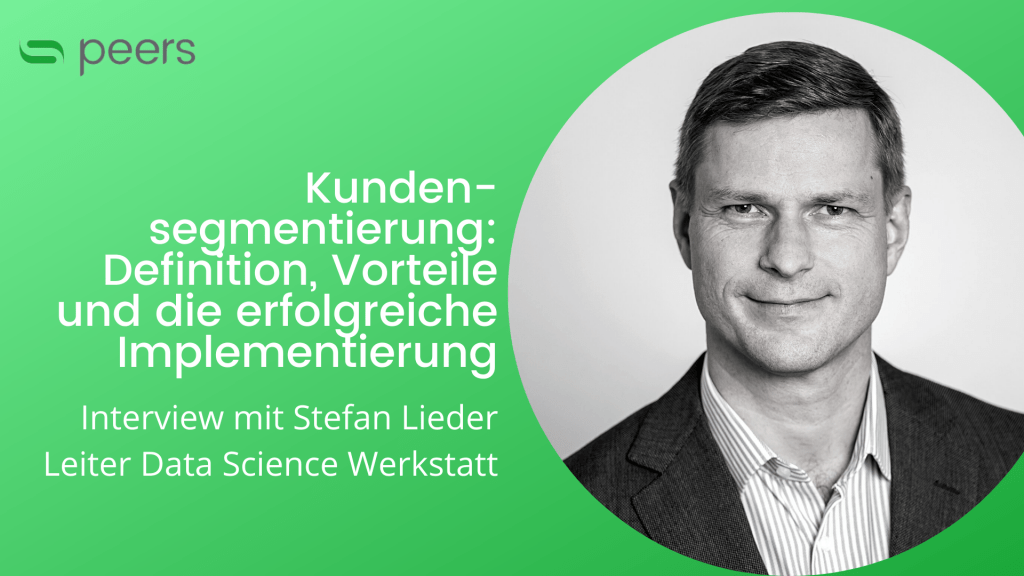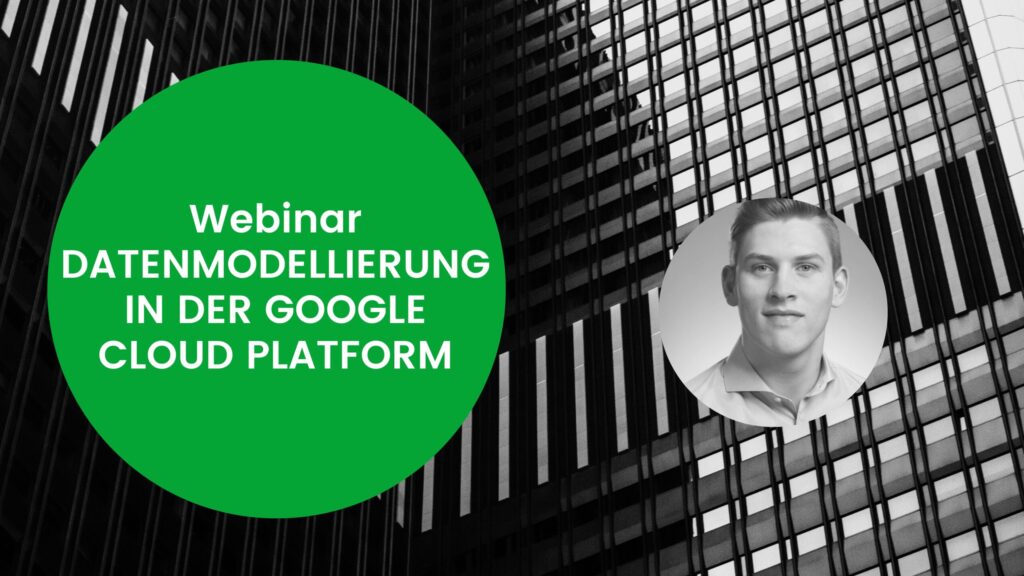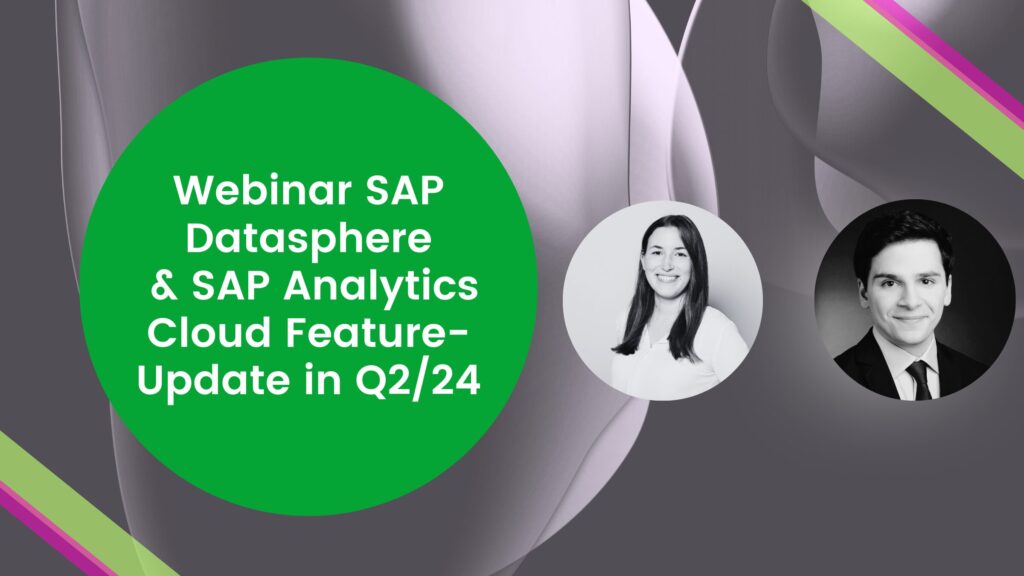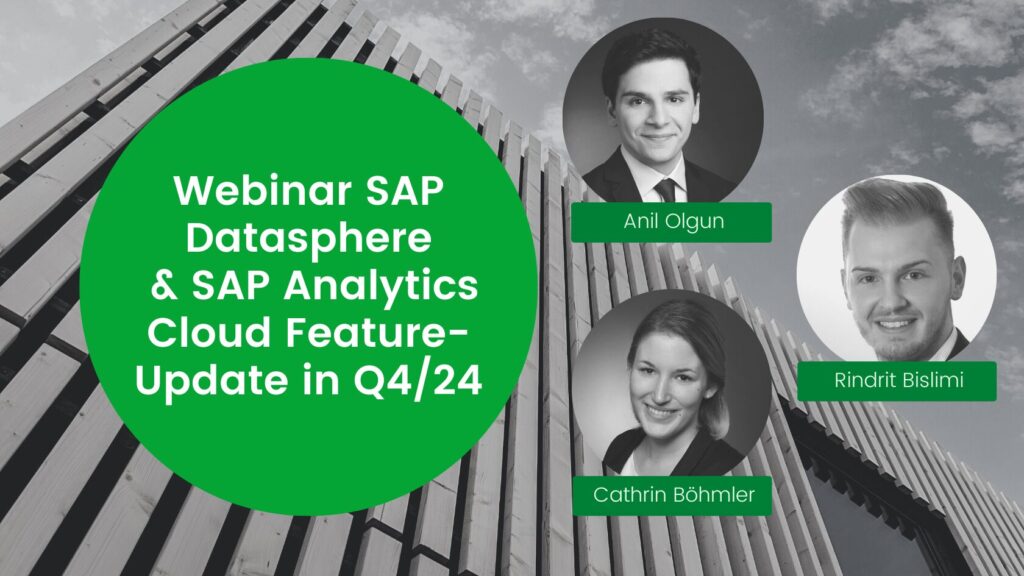Customer segmentation: THE analytics tool for more customer centricity
Better budget allocation
Effective use of marketing and sales efforts
Customer First
Customer needs can be determined and the right measures derived from them.
Reduction of wastage
Not all customers are addressed - but only those who need it.
Customer loyalty and understanding
Higher customer loyalty and better customer understanding through individual approaches.
FAQs Customer segmentation
What is the goal of customer segmentation?

How does customer segmentation work?

What is one-dimensional customer segmentation?

What is multidimensional customer segmentation?

Customer segmentation by market: B2C (Business to Customer) vs. B2B (Business to Business)
In the B2C area, the characteristics are typically of the following nature:
- Geographical (e.g. spatial distribution, culture)
- Socio-economic (e.g. age, occupation, income)
- Behavioural (e.g. brand choice, price behaviour)
- Psychographic (e.g. lifestyle, attitude and values of the client)
- Web and app usage behaviour
- Purchase history
- Environmental (e.g. business cycle, industry, government influence)
- Organisational (e.g. legal form, position in the life cycle, company size)
- Individual-related (e.g. information behaviour, decision-making behaviour)

Checklist for customer segmentation
- Relevance - Does the dataset contain characteristics that are meaningful for customer segmentation?
- Quality - Are the data error-free and validated, are there missing entries?
- Quantity - Are there enough data series to cope with the complexity of the characteristics?
"Responding more precisely to customers and thereby creating added value is what all companies strive for. Data science can help considerably in this. This discipline relies on an AI-driven process that takes all the necessary steps in seconds to address customers in a tailor-made way."
Dr Eric Trumm, Head of Data Science Workshop

Video: Definition, benefits and the implementation of your successful customer segmentation
Customer segmentation is the most important instrument for more customer centricity in your company. But what is customer segmentation anyway and what do I need to consider for a successful implementation?
Our video answers this and much more.
- Definition of customer segmentation
- What are the concrete advantages of using customer segmentation in my company?
- What is the approach/implementation for customer segmentation?

What is the approach to customer segmentation?
The implementation process of customer segmentation - if the above checklist is fulfilled - usually takes 4 - 6 weeks.
The process consists of the following 5 steps:
Define target group
Which customers should be addressed?
Set characteristics
Which characteristics distinguish the individual target groups from each other (relevance)?
Cluster identification
Identify clusters (usually by means of machine learning)
Describe segments/clusters
- Persona: Representative of a segment who unites all the characteristics of the segment
- DiSG model: Dominant, Initiative, Steady, Conscientious (so there are exactly four segments)
- Customer journey: Mapping of the complete path of the customer from the first touchpoint to the defined target action (temporal segments/milestones)
Monitoring the customer segments
In practice, customers change and can therefore switch between segments.
In which system landscape can customer segmentation be integrated?
- SAP Business Technology Platform
- SAP HANA, SAP HANA Cloud
- SAP S/4 HANA Embedded Analytics
KNOWLEDGE
Useful information
Find out everything you need to know about "dbt Showcase: Engineering of Data Products" in the Google Cloud Platform. Exciting insights and the most important information.
Get a comprehensive insight into the latest functional enhancements of SAP Datasphere (formerly DWC) and SAP Analytics Cloud (SAC) for the second quarter of 2024. On May 28, we invite you to...
Learn everything you need to know about the latest SAP DWC & SAC feature updates in Q4 2024. Our exclusive webinar will take place on November 28...
True to the strategy: Cloud first, but not cloud only - we meet high up in the Clouds Bar, Zurich and dedicate ourselves to the topics of Data Democratization, Data Governance & Data Literacy...





